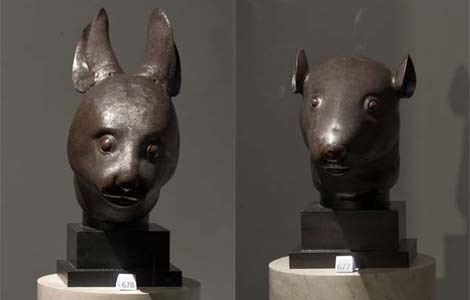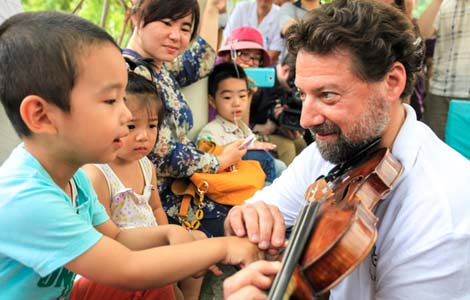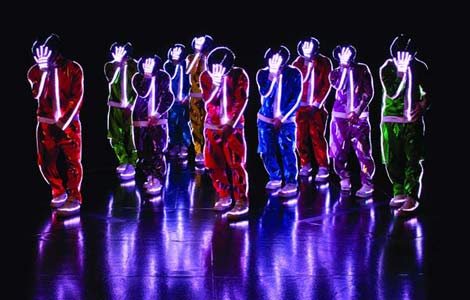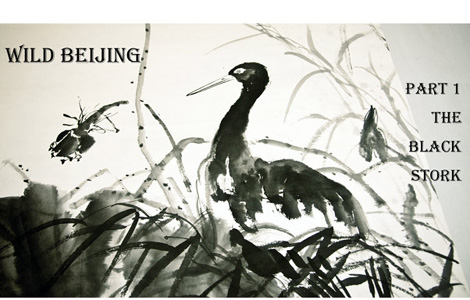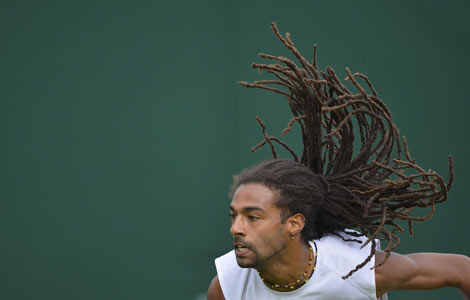Dance becomes popular stress relief
Updated: 2013-06-28 02:42
By XU JINGXI in Guangzhou (China Daily)
|
||||||||
A health challenge
Chinese people's keen interest in dance therapy is also shown in the upsurge of workshops across the country where experts from the US and Europe are invited to teach local dance-therapists-to-be the theories and skills. For example, IICAT scheduled four such workshops and training courses in Beijing, Shanghai and Hong Kong from April 25 to June 16.
Faced with fast economic growth and social transitions, many Chinese are exhausted keeping up with hectic urban life or feel lost in handling the social changes. Therefore, mental problems are becoming a common health challenge in the country nowadays.
"China lacks a well-developed psychotherapy system, so people don't have many options for therapy. They will try on various ways to reduce their pressure, such as yoga and medication. When dance therapy appeared as a new option, they were quickly attracted," Zhou said.
Those pioneers who are promoting dance therapy in China are optimistic about its prospects in the country.
Hu Shenzhi, founder of Sun Flower Counseling Center, offered Wang the opportunity to carry out dance therapy at his center in 2010 because Hu believed it is a tradition in Chinese culture for people to achieve physical and mental health through moving their body.
"The tradition can be seen in tai chi and wuqinxi, a physical exercise that imitates the movements of five animals and is said to be created by noted physician Hua Tuo nearly 2,000 years ago. But at that time, people didn't realize the connection between body movement and mental activity yet," Hu said.
Zhou from IICAT points out that dance therapy, if carried out in groups, fits in with Chinese people's need to blend into society.
"Chinese society is suffering a credibility crisis, with people mentally isolating themselves and lacking a sense of belonging," Zhou said.
"Divided into groups to undergo dance therapy, patients can learn how to blend into society through learning to blend into the small groups first."
The advocate of dance therapy hopes people can see its potential of being applied in a wider range of social groups besides stressed urban white-collars.
"For those who have difficulty in verbal communication, for example, autistic children and senile old people, dancing is a better way of self-expression than struggling for words and sentences," Zhou said.
Most Viewed
Editor's Picks

|

|

|

|

|
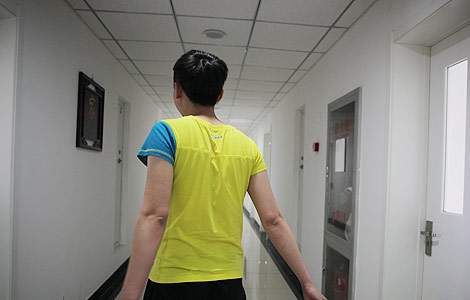
|
Today's Top News
Premier Li: Target for growth can be met
Prudent monetary policy to stay
Polluted river lifts cancer deaths
Looted relics' return to China
Forty years of music with China
Industry to pay 15% more for natural gas
Li: Pragmatic co-op with ROK should deepen
Premier promotes creation of FTA with EU
US Weekly

|

|
